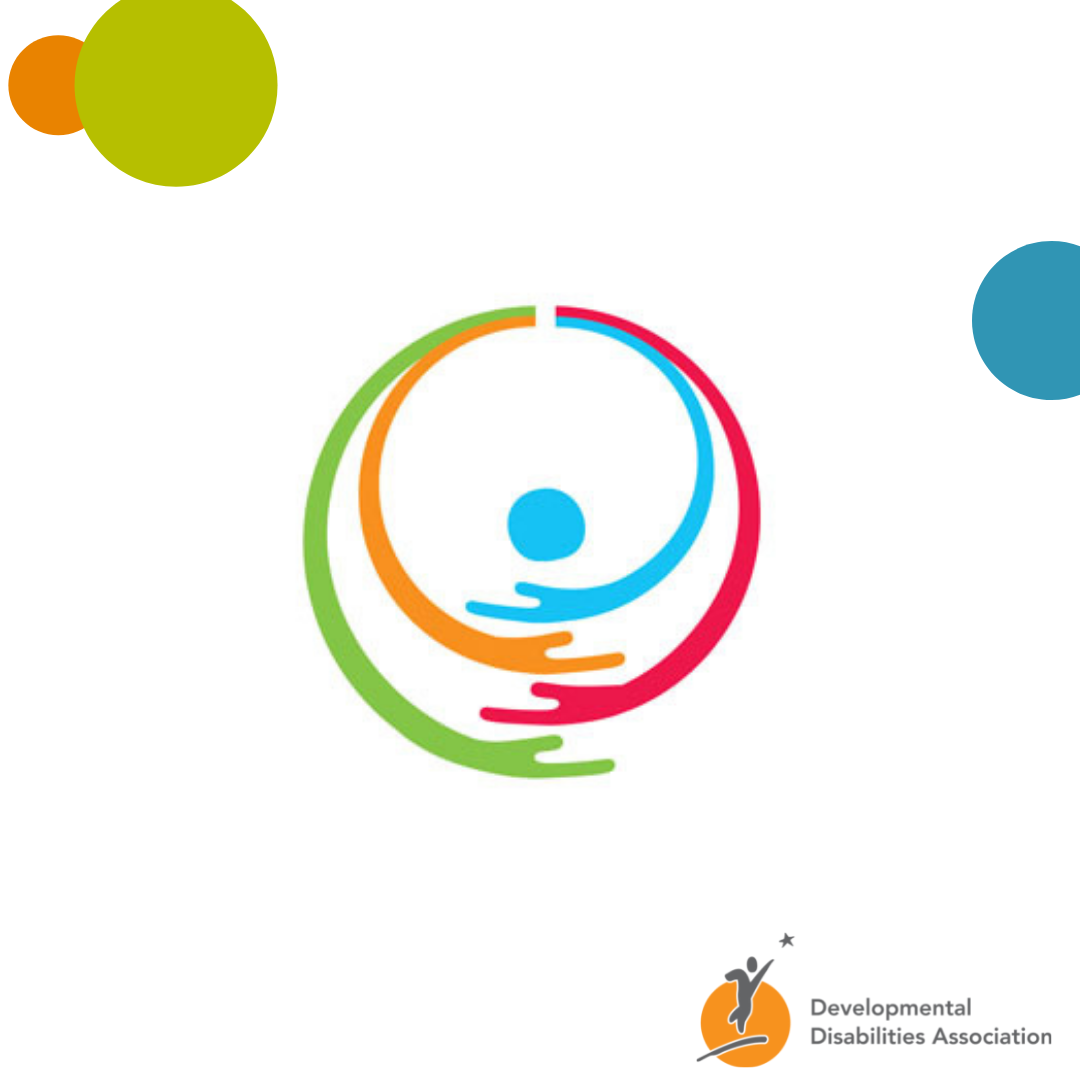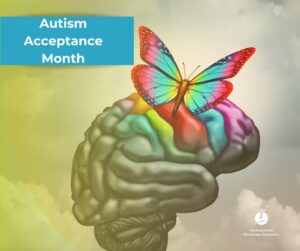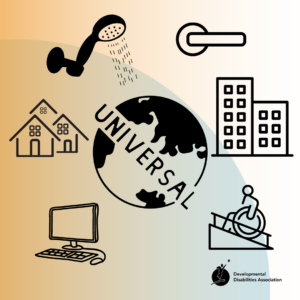December 3rd is International Day of Persons with Disabilities. A day created by the United Nations to inspire countries around the world to ensure inclusion and accessibility for everyone. It’s a day to recognize the amazing diversity we all share and the contribution of people with physical or cognitive differences.
The reality is not everyone is comfortable interacting with people with disabilities. How do you act? What do you say? Through no fault of their own, they may lack understanding and experience. In short, they may be nervous about what is appropriate and what isn’t. The goal is to support and include people with disabilities, but that means being comfortable in that process.
Here are a few tips to help you understand better how to understand and live in a community with people who have a disability.
Not Looking for Sympathy
People with disabilities don’t need you to feel sorry for them. That creates an assumption that they’re looking for and needing help. They’re not. If they need assistance they may ask for it.
Speak Clearly
People with cognitive or hearing impairments may not pick up on everyday speaking as easily. Speak directly to them and make eye contact so they’re aware you are addressing them and not a support worker who may be there. The idea is not to filter the message through someone else, unless it’s necessary.
Listen
A person with a disability may have a speech impediment. Be present when they are speaking so you have a better understanding of what they are saying. Be patient and don’t instantly correct them if they’ve made a mistake. Let them finish.
Person First
While some people in the disability community are ok being called by their condition, ie: “I am an autistic person,” it’s largely accepted that person-first language is the norm. Person with autism, not autistic person. While we’re on the topic of language, never use the R-word. Other words we no longer use as disability descriptors: handicapped, differently-abled, cripple, victim, stricken, poor, or unfortunate.
Assistive Devices
You may feel an instinct to help push someone’s wheelchair. Certainly it’s an instinct in good faith, however personal space in and around adaptive equipment should remain sacred. If you wish to assist, ask first. Do not touch someone’s assistive device as it can be considered an extension of themselves and needs to be respected in the same way.
Touch
This is a very sensitive topic for the disability community. Sometimes necessary, most of the time not. Never touch a person with a disability without asking first. Even a casual pat on the shoulder can be perceived as an invasion of personal space. Touching can also be a form of infantilizing the person. They are adults and should be treated with the same dignity and respect as you would anyone else.
If You Don’t Know, Ask
People with disabilities have likely been living with their condition for some time, if not their entire lives. You’re not expected to be an expert on what the issue is, so if you need more information, just ask. You’d be surprised how many people are willing to chat about themselves and enlighten you about who they are and what their needs might be.
Be Flexible
Not everyone with a disability can move to the same clock as a typically developed person. Often it takes longer to simply get out of bed. Give a wider berth of time at home or at the office.
Not All Disabilities Are Visible
Some disabilities are obvious, others, like autism may not be. This can cause problems for communication as the condition may not be easily understood by a friend or co-worker who is unaware of it. It may require a simple conversation between those involved which creates awareness on both sides.
Be Supportive in Your Workplace
The B.C. and Canadian governments have been making strides when it comes to accessibility by creating new policies and providing grants to business to make physical changes to places of employment. Be a champion in your workplace and find out what might be needed to make it accessible to everyone.



